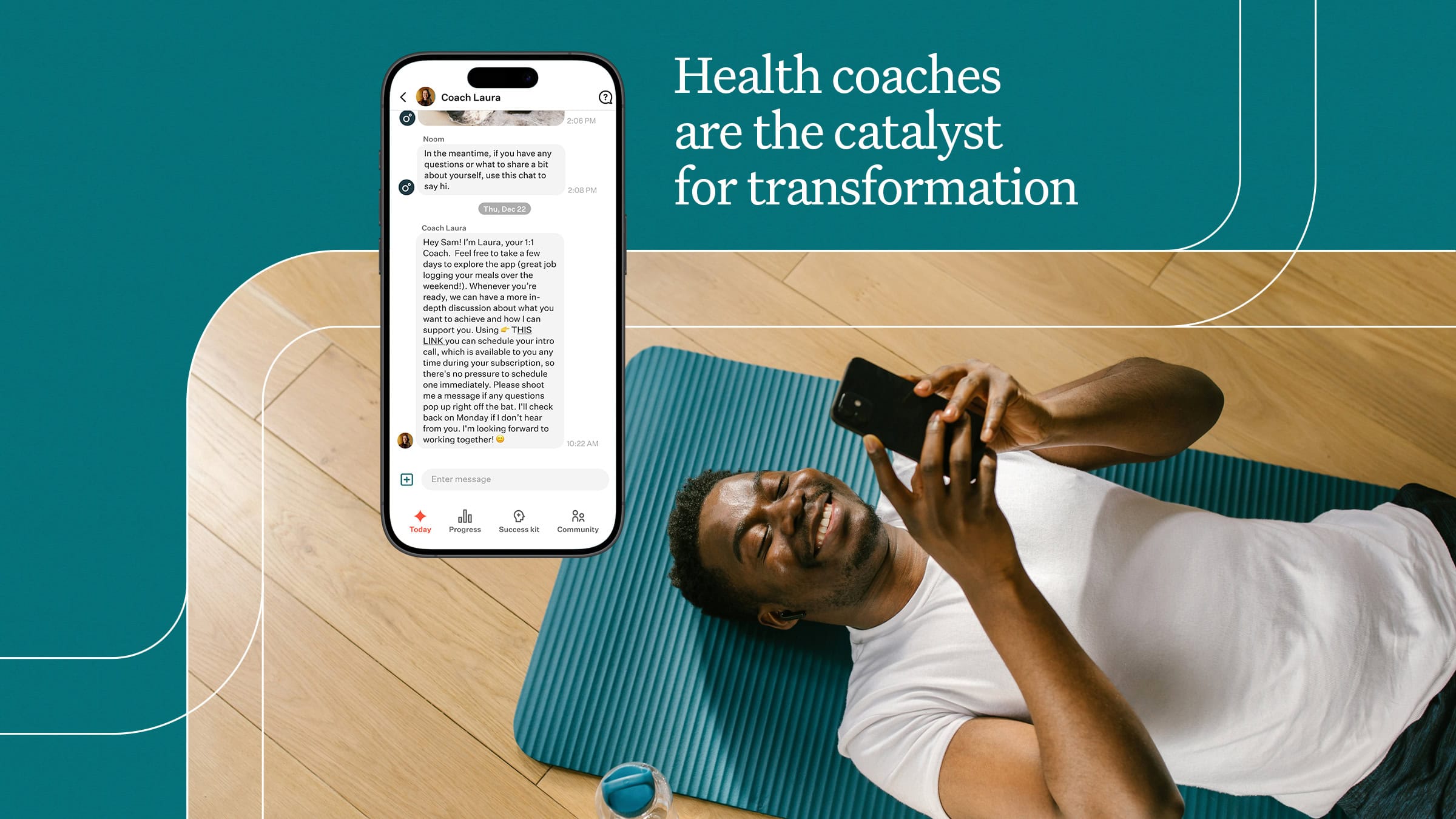Why Fertility Benefits Aren’t Enough for Women’s Health
- Blog
- Women's health
- August 5
Summary
Menopausal women are the fastest growing workforce demographic - roughly 20% of the workforce or 27 million women are in some phase of menopause - yet most don't treat their symptoms (or even know solutions exist). This could cost the U.S. economy an estimated $1.8 billion in lost working time per year. Programs like Noom can support by offering foundational habits for healthy eating, sleep, exercise and mental health.

There has been a growing interest in providing benefits specific to women’s health over the past several years. And while it can be said that this could reflect broader recognition of the importance of health equity, public health and preventive care, the expansion of these benefits has primarily focused on access to general health and maternity and fertility benefits. These benefits have afforded many women and families access to care that is often cost prohibitive outside an employer’s benefit offering, but there is a growing call to address an even larger need related to women’s health.
Menopausal women are the fastest growing workforce demographic – roughly 20% of the workforce or 27 million women are in some phase of menopause (includes perimenopause, menopause and postmenopause).
Menopause costs the U.S. economy an estimated $1.8 billion in lost working time per year, and $26.6 billion annually when medical expenses are added in, according to a Mayo Clinic study released earlier this year, yet less than 4% of companies offer specific programs designed to assist women through this period of their life. (1,2)
Many Women Suffer Alone3
Did you know…
- 90% of women were never educated about menopause
- 73% of women don’t treat their symptoms because they didn’t know solutions existed
- In the US, only 7% of OB/GYB, internal medicine and family medicine residents felt competent in treating menopause.
It’s important to note that menopause isn’t a condition that exclusively affects women –additionally, coworkers, families and spouses often see the struggles and challenges these women go through and likely don’t have a clear understanding of the condition itself or how to best support women through this change. The gap in care for menopause can affect both personal and professional relationships and work. It can also pose a threat to employee retention.
Recent studies indicate the 64% of working women aged 40-65 years want menopause specific benefits and 1 in 10 women between the ages of 45 and 54 in the U.K. reportedly leave their jobs because of symptoms of menopause such as hot flashes, joint aches, difficulty sleeping, fatigue and brain fog.2
Providing programs like Noom to develop foundational habits for healthy eating, sleep, exercise and mental health can help women be better prepared for the multitude of symptoms often experienced through various stages of menopause.
Employers and Health Plans Can Help
Employers and Health Plans willing to champion efforts to support and expand benefits to this large subset of the workforce, stand to become thought leaders and pioneers in women’s health by allowing more women access to the right type of care needed for their specific condition. Below is a list of potential opportunities to offer and/or expand existing benefits for women moving through menopause.
Information and education
- General education
- Symptom checklist
- Current benefit offerings
- Resources
Expand Benefits to Provide Access to:
- Menopause specialists (in person and virtual)
- Sleep coaches
- Nutritionists and lifestyle coaches
- Comprehensive hormone therapy
Workplace Physical environment
- Access to feminine products
- Access to open windows, fans or ways to cool oneself if experiencing hot flashes
Jennifer Jones, MSM RD CCWS, is an experienced healthcare professional with a background in clinical dietetics, wellness programming, and employer health. With over 20 years of experience, she has worked in various settings, including healthcare systems, occupational health organizations and health and welfare benefits advisory firms. After working directly with patients and employees, Jennifer turned her focus to population and employer health to achieve a greater impact on health outcomes. At Noom, Jennifer serves as the Clinical Solutions Consultant to support our teams with alignment on client needs and clinical programs.
References:
- https://newsnetwork.mayoclinic.org/discussion/mayo-clinic-study-puts-price-tag-on-cost-of-menopause-symptoms-for-women-in-the-workplace/
- https://www.shrm.org/topics-tools/news/benefits-compensation/menopause-benefits-new-workplace-trend#:~:text=Possible%20benefits%20include%20hormone%20therapy,Employee%20Benefit%20Plans%20(IFEBP).
- https://msmagazine.com/2024/04/15/menopause-treatment-the-lancet/
- https://www.letstalkmenopause.org/symptoms
- Podcast: Hello Menopause. Season 1, episode 11 “Menopause at Work” with Samantha Frankel
Bring Noom to
your organization
Give your workforce a preview of what’s possible
for their physical and mental health.



